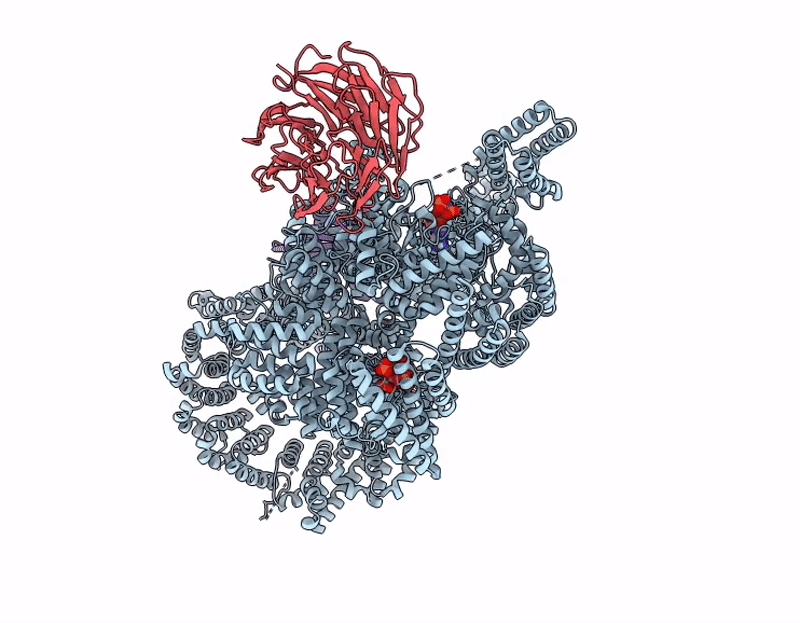
Deposition Date
2024-11-16
Release Date
2025-09-10
Last Version Date
2025-10-01
Method Details:
Experimental Method:
Resolution:
3.61 Å
Aggregation State:
PARTICLE
Reconstruction Method:
SINGLE PARTICLE


